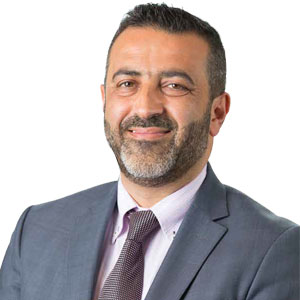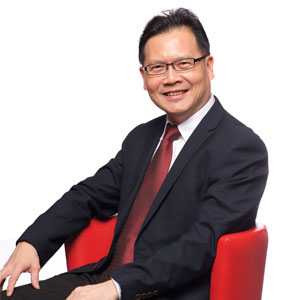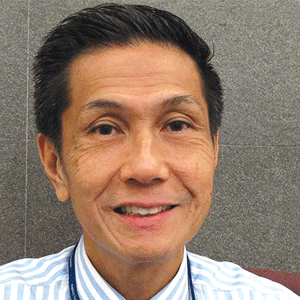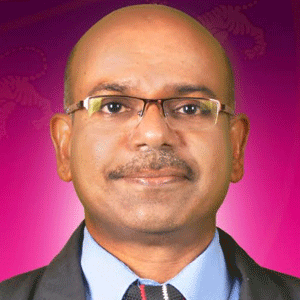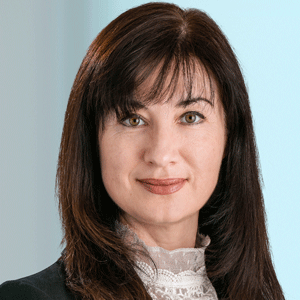THANK YOU FOR SUBSCRIBING
Editor's Pick (1 - 4 of 8)

Cybersecurity of HVAC Systems in the Era of Connected Devices
MATTHEW T. GOSS, PE, PMP, CEM, CEA, CDSM, LEED® AP(BD+C), MEP/ENERGY PRACTICE LEADER, CDM SMITH

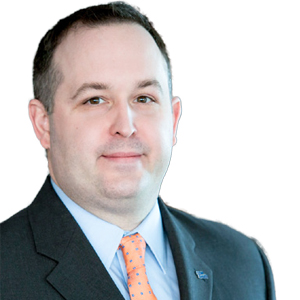
MATTHEW T. GOSS, PE, PMP, CEM, CEA, CDSM, LEED® AP(BD+C), MEP/ENERGY PRACTICE LEADER, CDM SMITH
Engineers, owners, and operators of these systems need to understand how technologies at their facilities are connected as equipment controls become more advanced to provide additional functionality, more devices become internet-enabled, and everything becomes more “connected” in general.
I’ve had the opportunity to interact with several thought-leaders in the cybersecurity industry, and there are several suggestions I’d like to pass along to engineers, designers, and owners/ operators of connected systems.
- Don’t connect external devices such as hard drives or USB flash drives to your systems.
- Immediately change default usernames/passwords as soon as the equipment is put online.
- Do not share configuration files.
- Continually train all equipment users.
- Disconnect remote access.
- Don’t use these systems to search and access the internet.
In retrospect, all of these seem easily achievable, pragmatic, and commonsense. However, the challenge appears to be implementing and enforcing these guidelines. The question is no longer “if” we are hacked but “when.” Therefore, a plan must be in place as a proactive approach to security. I recommend conducting regular check-ins and reviews to ensure that all equipment users are following the rules.
Individuals need to recognize this is a continuous and ever-changing process – it’s not static. Additionally, owners and operators need to prepare for the worst-case – the “what if” scenario. Again, while it may appear to be commonsense, owners and operators should also plan for disaster recovery. They should be prepared with a backup in case of an emergency like data breaches, malware attacks, or data loss. This is especially important as information provided by peers and colleagues indicates that most facilities not only don’t have a disaster recovery plan but don’t even change their systems’ default access information.
As technology and connectivity advance, and as we use technology to make more informed decisions, we as designers and engineers need to broaden our knowledge and ensure we’re appropriately educating our clients, owners, and operators. It’s our job to give them the knowledge they need to appropriately Matthew T. Goss and securely monitor their environment.


